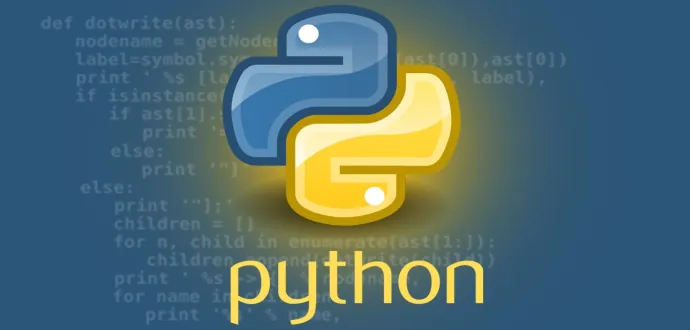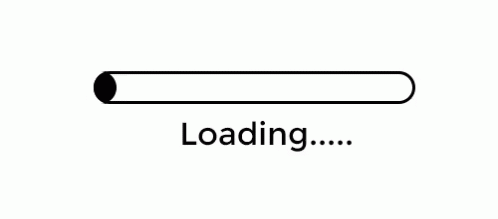
Common Complexities in Advanced Python Web Scraping
At one time Web Scraping supports a tremendous amount of data benefits but at the same instance, many complexities arise at certain points during the web scraping process. For a beginner, all these complexities must be tackled with suitable solutions to get appreciable benefits through Advanced Python Web Scraping.
Asynchronous loading and client-side rendering
What a person sees is not always what he gets! This type of complexity is very common when web scraping is being done on a heavy JavaScript Website. The response that we get from the server might not as well contain the target information as per the visual inspection. This happens when the information that is required is either rendered by the libraries at the browser site such as React, Handlebars or fetched by making AJAX calls to the server and are then rendered by the browser.
Many examples of this type of complication involve:
Web Pages with scrolling up to infinity i.e. Facebook and Twitter etc.
Web Pages with certain pre-loaders such as loading spinners and percentage bars.
Authentication
Many websites have some kind of authentication part which is needed to be taken care of during the scraping program. In simpler websites, the authentication is done by an easy method of creating a simple POST request with a username and a password or by storing the cookie. There can also occur subtleties just like:
Hidden Values: With the password and username, there is also the need to add other fields to the POST payload like CSRF_TOKEN.
Setting Headers: There might as well be headers that need to be referred and need to be set like authorization etc.
If we can get the following codes back from the server then the probability of successful indication for authorization is set right and can be scraped systematically.
| HTTP Status Code | What it Means |
|---|---|
| 401 | Unauthorized |
| 403 | Forbidden |
| 407 | Proxy-Authorization required |
Server-side blacklisting
The nature of the complexity depends big-time upon the website owner’s intent. There might be an anti-web scraping mechanism employed or installed upon the server-side to estimate and analyze the generation of website traffic or browsing patterns or to simply block the automated programs to enter the website.
Analyzing the rate of requests
If the server is receiving multiple requests at the same time from a client then it is a red flag that there is a source of human browsing at one end. In the worst-case scenario, there can be parallel requests via single IP. Also, repetition in requests can backfire.
For Example, A client who is making X requests every Y sec.
What happens so in such cases is that the server efficiently measures the metrics and defines all thresholds to blacklist the client. The mechanism can move fast forward to ban the client which is usually temporary of course. However, in many serious rule violation cases, the ban can be permanent.
Header Inspection
Header Inspection is also a common technique utilized by a few websites to locate non-human users. The idea behind this is to compare the approaching header fields with the ones that are pre-planned or expected by real-time users.
For Example, There are specific libraries and tools which send distinctive user agents while forming requests to a server. The servers might as well choose to allow only a few agents and block the rest. In certain websites, there can be different content being served to different agents breaking all web scraping logic.
Honeypots
The website owner can set up multiple traps in the guise of links in HTML which might not be visibly clear to the user on the web browser. The efficient way to deal with this problem is to set up the CSS (display: none).
If the web scraper requests such set up forged links then the server can know that the respective action is made by an automated program and not a human user. Ultimately, this will result in the blocking of the web scraper.
Pattern Detection
This involves a clearly defined web scraping pattern to the website which is to be browsed for corresponding data. By pattern, we mean the number of clicks and the location of clicks as well. Such patterns can be detected with built-in anti-crawling programs at the server end. This can eventually result in direct black-listing or blockage.
The response status codes which can signal the server-side and result in blacklisting are mentioned below:
| HTTP status code | What it means |
|---|---|
| 503 | Service unavailable |
| 429 | Too many requests |
| 403 | Forbidden |
Redirects and Captchas
Multiple sites redirect the older link mappings to the new links. Such as the HTTP links to HTTPS links by returning the 3xx response code. Also, to filter the requests page which consists of many captchas needed to resolve the identity issue. Many companies such as Cloudflare provide DDoS and anti-bot to protect the services in this regard. This makes it even harder to access the information via a bot.
Structural complexities
Complicated navigation
Sometimes it gets tricky for web crawlers to crawl through the web pages and get the target information easily.
For Example: ‘Pagination’ can get tricky if all pages do not have a very well-defined or unique URL. In case there is a URL but there happens to be no definite pattern to compute the URL.
Unstructured HTML
When the server is sending out information to the HTML but not providing a well-defined pattern.
For Example: Such as in CSS attributes and classes, these are generated dynamically and uniquely upon the server each time. However, a few times the unstructured HTML can also be a sequence to bad programming dysfunction.
iframe tags
There occur instances when the website contains an iframe tag. This iframe tag is typically rendered from any external resource.
Resolving the Complexities of Web Scraping with Python
After giving a comprehensive introduction to all possible complexities regarding, Advanced Python Web Scraping. Now, it is time to look into the possible solutions to these problems.
Picking the right tools, libraries, and frameworks
Firstly, the importance of utility of a browser tool to comprehend visual inspection can’t be more stressed enough. Effective planning over web-scraping techniques and approaches can save you from a lot of mind-boggling and stressful complexities up to 80% on average. Mostly, pre-existing browser tools prove very efficient in locating the target content and successfully identify the patterns within the web page content.
How ITS Can Help You With Web Scraping Service?
Information Transformation Service (ITS) includes a variety of Professional Web Scraping Services catered by experienced crew members and Technical Software. ITS is an ISO-Certified company that addresses all of your big and reliable data concerns. For the record, ITS served millions of established and struggling businesses making them achieve their mark at the most affordable price tag. Not only this, we customize special service packages that are work upon your concerns highlighting all your database requirements. At ITS, our customer is the prestigious asset that we reward with a unique state-of-the-art service package. If you are interested in ITS Web Scraping Services, you can ask for a free quote!




